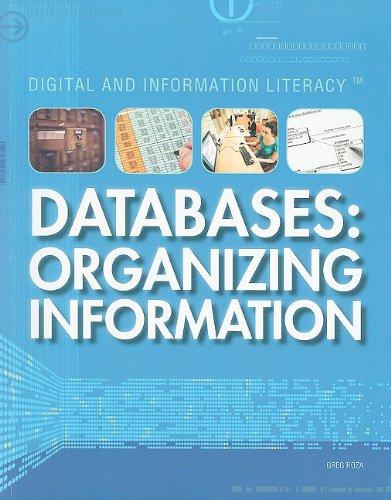Answered step by step
Verified Expert Solution
Question
1 Approved Answer
( b ) Express 1 9 . 2 1 0 in binary. ( c ) You ' ll notice that in part ( b )
b
Express
in binary.
c
Youll notice that in part
b
the fractional part in decimal
does not convert nicely to a binary value. If we seek a particular precision, how do we know when to stop? Let's assume that there is an uncertainty of
in the last digit of the original number; i
e
the value we want to convert is
in base
Thus we want to find out how many digits we need in the fractional part of the converted binary value so that it is at least as precise as the original value. Putting it all together, we need to satisfy the condition:
precision
uncertainty in converted value
precision
uncertainty in original value
since there was one digit in the fractional part of the original number and
will be the number of digits needed in the fractional part of the converted binary answer. With all this in mind, solve for the required
which must be an integer
to express
in binary, to an appropriate precision.
d
Express the value
xE
FED.
A
in decimal, to appropriate precision.
Step by Step Solution
There are 3 Steps involved in it
Step: 1

Get Instant Access to Expert-Tailored Solutions
See step-by-step solutions with expert insights and AI powered tools for academic success
Step: 2

Step: 3

Ace Your Homework with AI
Get the answers you need in no time with our AI-driven, step-by-step assistance
Get Started


